Hot tubs are supposed to be about relaxation—but shopping for one is anything but relaxing. The good news? We've already done the digging, so you don't have to.
We've covered dozens of pool products over the years—everything from robotic cleaners to water monitors—and the same lessons carry over when it comes to hot tubs. The market is full of glossy ads, paid reviews, and flashy features that sound great on paper but don't always deliver. That's why I wanted to take the same no-nonsense approach we use for pool gear and apply it to hot tubs.
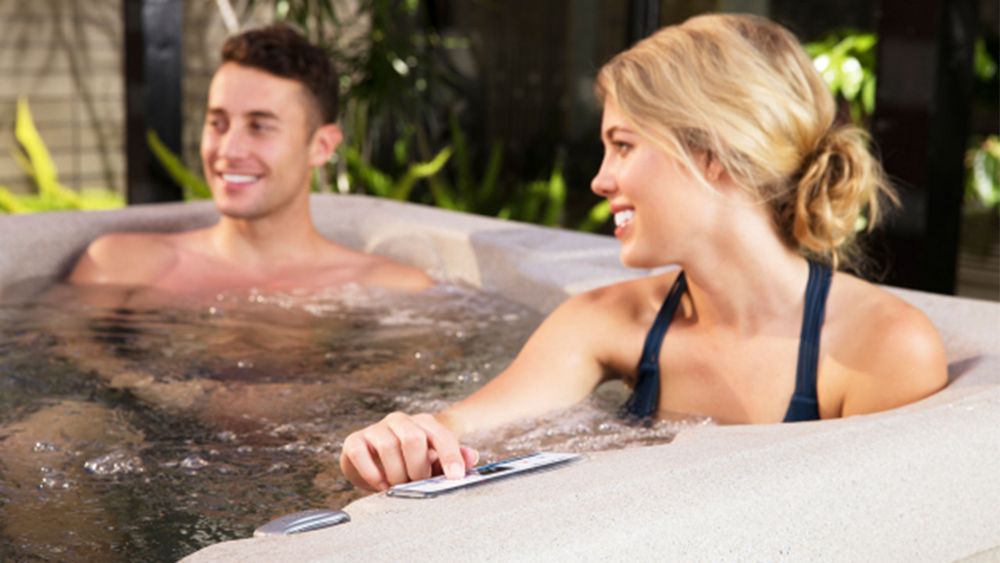
When I first started digging into hot tubs, I quickly realized how overwhelming it can be. There are inflatable models that promise affordability, acrylic spas loaded with dozens of jets, and even steel-framed tubs built like modern architecture. But not every model is worth the money, and some come with real trade-offs in setup, durability, or maintenance.
This guide pulls together everything I found during that deep dive—what matters, what doesn't, and the models that stand out across different budgets. Whether you're looking for an entry-level inflatable to test the waters, a plug-and-play spa for everyday therapy, or a fully insulated tub that can handle brutal winters, you'll find clear recommendations here.
Best Hot Tubs at a Glance
If you're considering a hot tub purchase, this article should help cut through the noise and save you hours of research. Let's dive in.
Types of Hot Tubs
When I first started looking into hot tubs, I thought they were all the same — just a shell with hot water and bubbles. But the more I dug in, the more I realized there are very different categories, each with their own pros and cons.
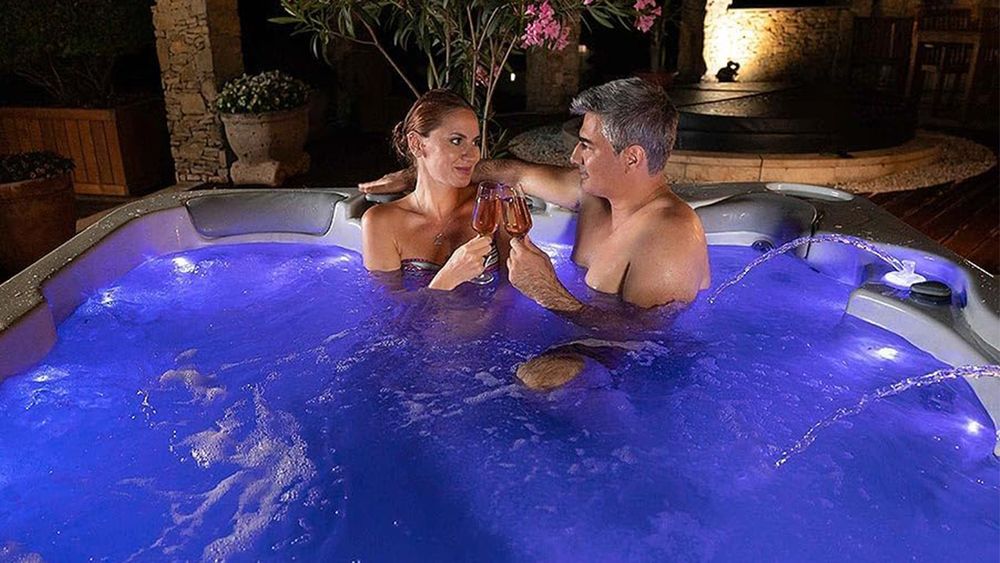
Portable Acrylic Hot Tubs
These are the classic hot tubs you see in showrooms — molded acrylic shells with built-in seating, jets, and insulation. They come in a huge range of sizes (2–10+ seats) and price points. Installation is relatively easy: place them on a pad, plug or hard-wire, fill with water, and you're ready to go.
Best for: Homeowners who want a long-lasting, insulated spa with lots of jet options.
Inflatable Hot Tubs
Made from reinforced vinyl or PVC, inflatable hot tubs are the budget-friendly, entry-level option. They pack down when not in use, inflate in minutes, and usually plug into a standard outlet. They don't retain heat as well as acrylic spas, and jet power is weaker, but they're affordable and portable.
Best for: Renters, budget-minded buyers, and first-timers testing the waters.
Wooden Hot Tubs
A nod to the traditional Japanese ofuro and Scandinavian soaking tubs. These are usually crafted from cedar, redwood, or teak, and heated by wood stove, gas, or electric. They don't have high-powered jets — it's more about the soaking ritual and natural aesthetic.
Best for: Purists who love the look, smell, and feel of natural wood, or want an unplugged, eco-friendly soak.
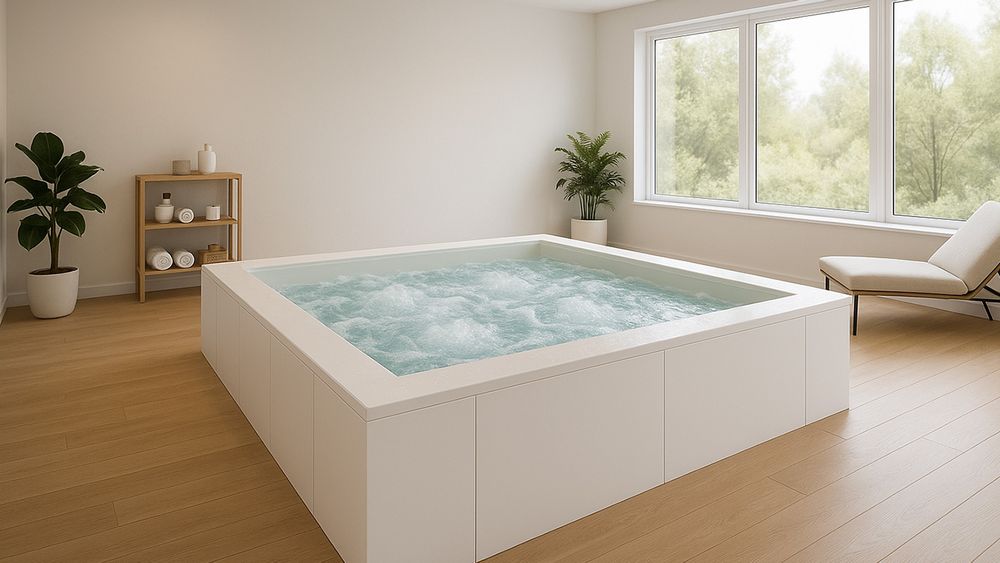
Steel Hot Tubs
A modern, industrial-style option that trades acrylic or wood for heavy-duty steel construction. Steel hot tubs are incredibly durable, often powder-coated or lined with protective membranes for comfort and longevity. They hold heat well, resist cracking, and deliver a sleek, contemporary aesthetic that stands out in a backyard.
Best for: Homeowners who want something ultra-durable, modern, and long-lasting with a design-forward edge.
Rotomolded Hot Tubs
These are made from a single piece of durable plastic resin, which makes them lighter and less expensive than acrylic spas. They're not as flashy, but they're rugged, portable, and easy to move.
Best for: Durability, simplicity, and vacation rentals where tubs may need to be moved.
In-Ground Hot Tubs
Built right into your patio or deck, often paired with an inground pool. These are fully custom, plumbed into your property, and can be finished in tile, stone, or concrete. They're permanent, luxurious, and seamless — but require construction and a bigger budget.
Best for: Luxury backyards and poolside installations.
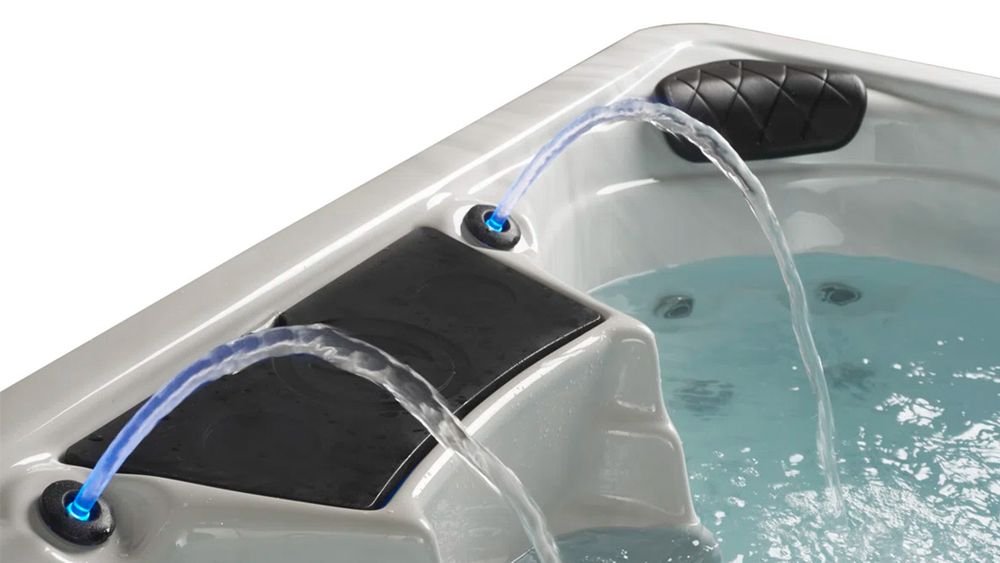
What to Look For When Buying a Hot Tub
When I was shopping for mine, I quickly learned that not all hot tubs are created equal. Some will last decades and feel like a true spa retreat, while others will leave you with headaches, leaks, and wasted money. Here's what actually matters:
Strong, Adjustable Jets
Jets are the heart of the hot tub experience. Look for models with a mix of different jet types (air + water), and make sure they're adjustable so you can control pressure and direction. Too few jets or weak pumps = disappointing massages.
Quality Insulation
Insulation determines how much your hot tub costs to run. Full-foam insulation is the gold standard for efficiency and quiet operation, but layered insulation systems can work too if designed properly. Ask about energy ratings and real-world electricity costs.
Durable Construction
Shell quality makes or breaks a hot tub. Acrylic, steel, or properly lined membranes last longer than cheap plastic shells. Check the frame material (wood vs steel vs rotomolded) and make sure it resists rot, rust, or cracking.
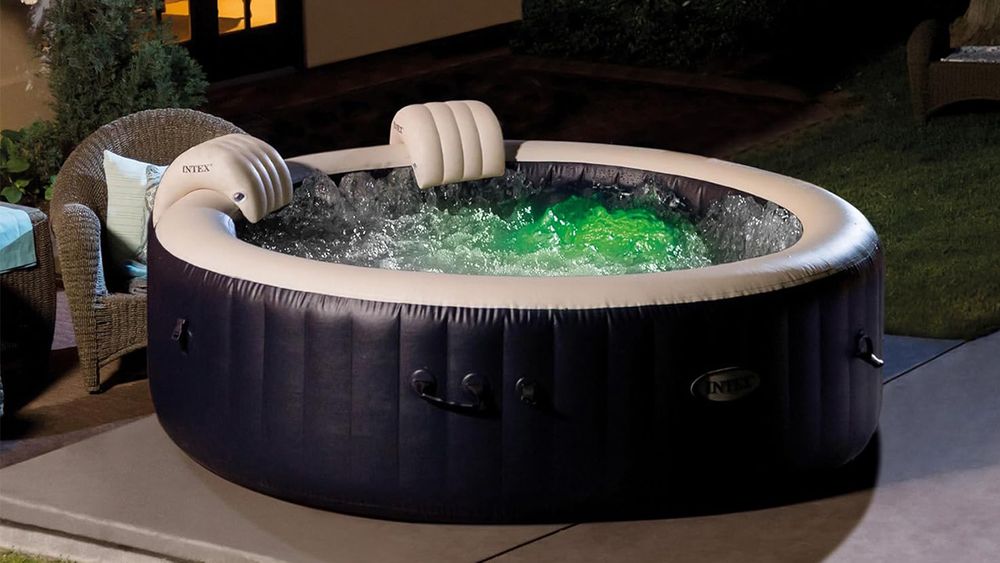
Comfortable Seating Layout
Don't just look at how many seats are advertised — sit in the tub before you buy. Some seats are too deep, others too shallow. Ergonomic contours and different seat styles (loungers, upright, corner seats) make a big difference.
Easy Maintenance Features
Hot tubs need regular care, so look for:
- Accessible filter compartments
- Self-cleaning or ozone/UV sanitation systems
- A cover that's insulated and easy to lift
These small things save you hours of hassle.
Warranty & Support
A good hot tub should last 10–20 years. That only happens with reliable support. Look for at least a 5-year structural warranty and a company with a solid track record of honoring repairs.
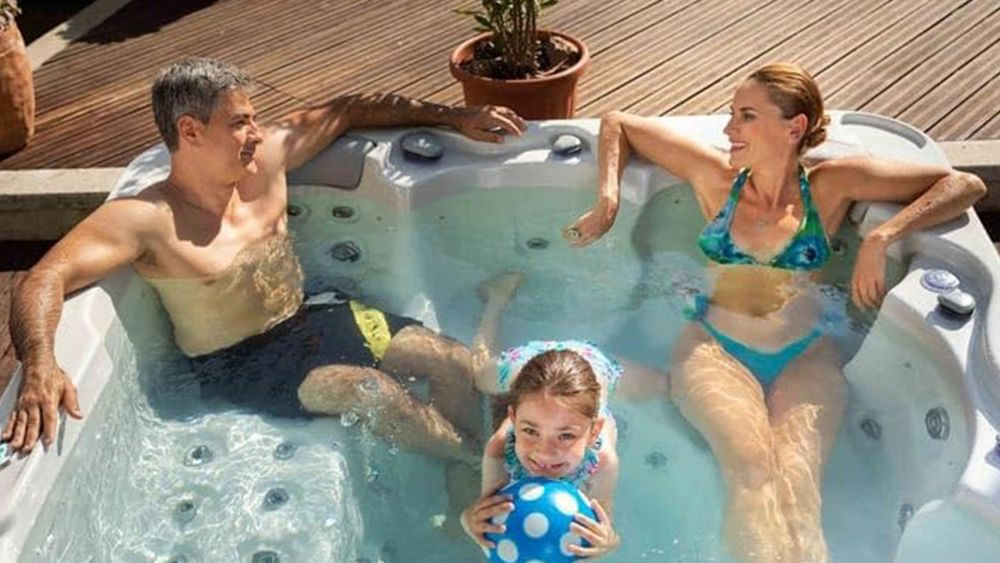
What to Avoid When Buying a Hot Tub
The pitfalls are just as important as the features. Here are the red flags I ran into during my research:
Cheap Inflatable Imitations (Unless It's a Temporary Choice)
Inflatables have their place for budget buyers, but don't expect long-term durability. Thin vinyl walls puncture, heat loss is high, and jet action is weak.
Overloaded Jet Counts
More jets don't always mean better. Some manufacturers advertise "100+ jets" but run them on a weak pump. You end up with a trickle instead of massage pressure. Focus on pump strength, not just jet numbers.
Weak Frames & Thin Shells
Thin acrylic, low-grade plastics, or untreated wood frames can crack, warp, or rot. Once that happens, repairs are expensive or impossible.
Poor Energy Efficiency
If insulation is an afterthought, you'll pay for it every month on your utility bill. Avoid tubs that don't list energy consumption or carry vague efficiency claims.
Complicated Maintenance Systems
Some tubs make you remove panels or drain the spa just to access filters or pumps. If it looks like a hassle in the showroom, it'll be worse when it's sitting in your backyard.
Pushy Sales Gimmicks
Don't fall for "free chemical kits" or "lifetime warranties" with fine print. Focus on build quality, energy use, and comfort — not gimmicky extras.
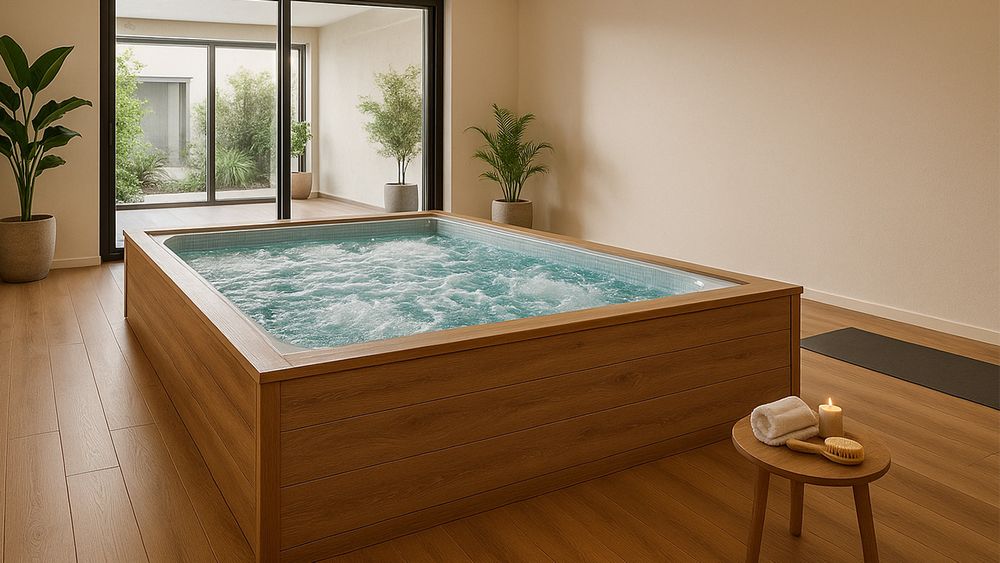
Best Overall: Ecopool Hot Tub
The Ecopool Hot Tub blends modern design with durability, giving it a striking look and spa-grade comfort. Built from premium steel with a smooth interior membrane, it feels more like a boutique resort spa than a backyard project. Sizes are customizable, from compact two-seaters to larger family setups, and you can choose jet configurations that match your relaxation style.
What stood out for me was how it arrives nearly turnkey—insulated, pre-plumbed, and ready for a quick hookup. The insulation locks in heat, so water stays hot for long stretches with minimal energy use. Even in cooler evenings, I barely noticed the heater kick on. With powerful, quiet pumps and efficient heating, it nails performance without the noise or hassle.

This tub is pricier and requires proper installation, but the payoff is unmatched personalization and build quality. Compared to traditional inground spas that take months to build, this was ready in days. Every soak feels like stepping into a private retreat—tailored exactly to how you want it. For a long-term hot tub that puts design and function first, Ecopool earns its spot as Best Overall.

Best Inflatable: Coleman AirJet
The Coleman AirJet makes hot tub ownership simple and affordable. It inflates quickly, holds 4–6 people, and has 140 bubble jets that create a champagne-like bubbling massage. Made from tough PVC, it's sturdy enough for regular use while still portable enough to stash away when needed.
The AirJet bubbles aren't as targeted as acrylic spa jets, but the effect is still deeply relaxing. The insulated cover helps hold in heat, and the built-in pump quietly manages filtration and heating. Plugging into a standard outlet, it's easy to set up anywhere without rewiring your home.
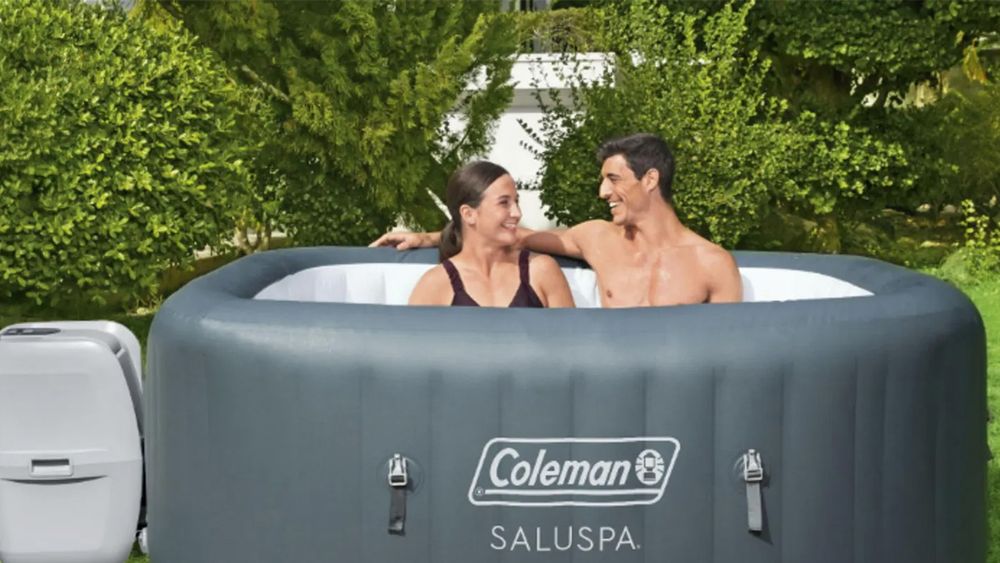
You do need to plan ahead for heat-up time, and the heater pauses when bubbles run, but those are small trade-offs for the price and portability. Maintenance is light, with a floating chlorine dispenser and simple filter cleaning. For renters, first-time buyers, or anyone wanting a budget soak, this inflatable is the best way to start.
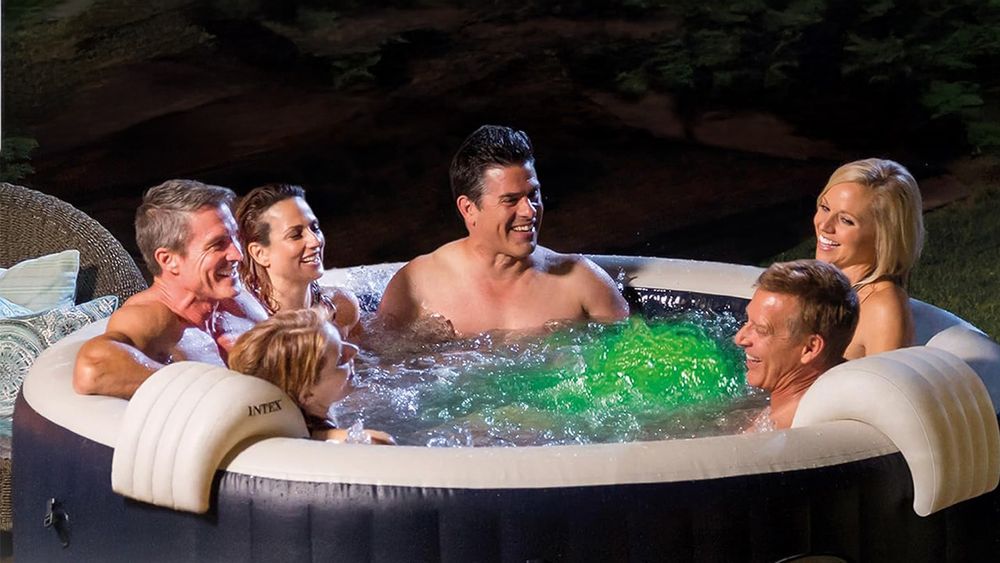
Best Entry-Level: Intex PureSpa Plus 6-Person
The Intex PureSpa Plus offers a larger inflatable option with a touch of luxury. It holds up to six people (comfortably four), has 170 bubble jets, and includes LED lighting and headrests for a more spa-like experience. The laminated sides feel solid, and setup is fast with the built-in pump.
I liked the extras that elevate it beyond a basic inflatable. The LED light creates ambiance, while the headrests let you soak longer in comfort. It also has a built-in hard water treatment system, which helped keep our water soft and buildup minimal.
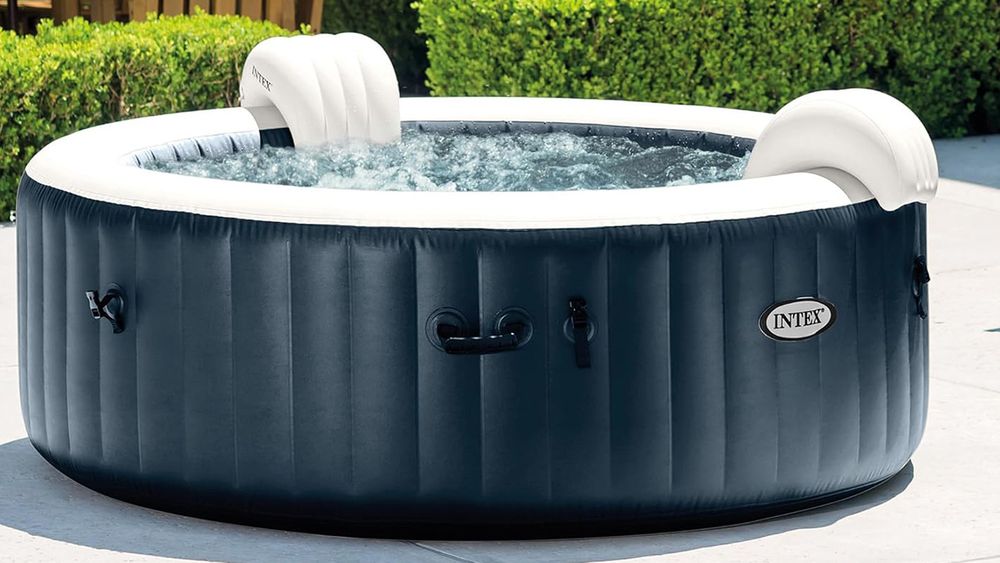
Heating still takes several hours, but once warm it holds temperature well under the insulated cover. The digital controls are simple and accessible from inside the tub, making it easy to adjust mid-soak. For an entry-level tub that adds comfort and polish without breaking the bank, the Intex stands out.
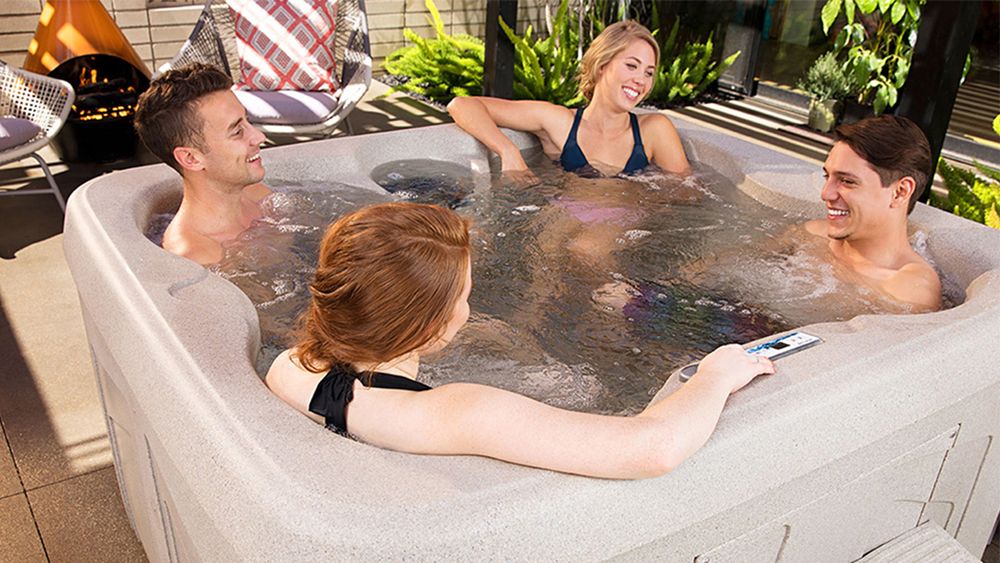
Best Compact Plug-and-Play: LifeSmart 4-Person
The LifeSmart 4-Person spa is the easiest way to step into hard-sided hot tubs. It plugs into a standard 120V outlet, heats up, and runs 13 targeted hydrotherapy jets with no special wiring required. Compact and square, it fits on a small patio but still seats two to four people.
The jets are noticeably stronger than bubble systems, hitting sore spots on the back and legs. The insulation and thick cover hold heat well, though initial warm-up can take up to a day. Once hot, it maintains temperature consistently even on cooler nights.
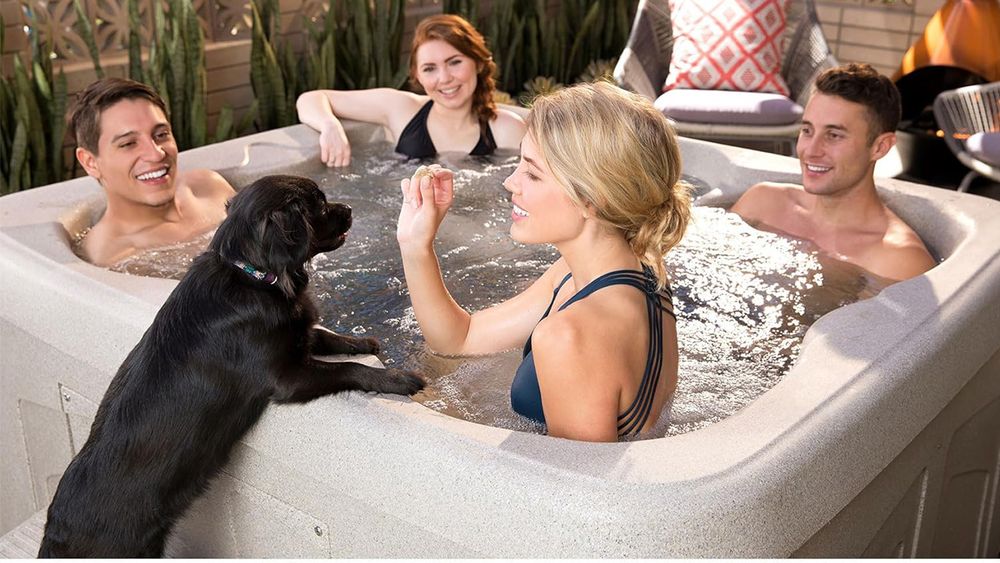
Made from roto-molded plastic, it's tough and forgiving compared to glossy acrylic. It's not as powerful as bigger tubs, but it balances affordability, ease, and genuine hydrotherapy well. For smaller spaces or simple plug-and-soak convenience, it's the compact choice I'd recommend.
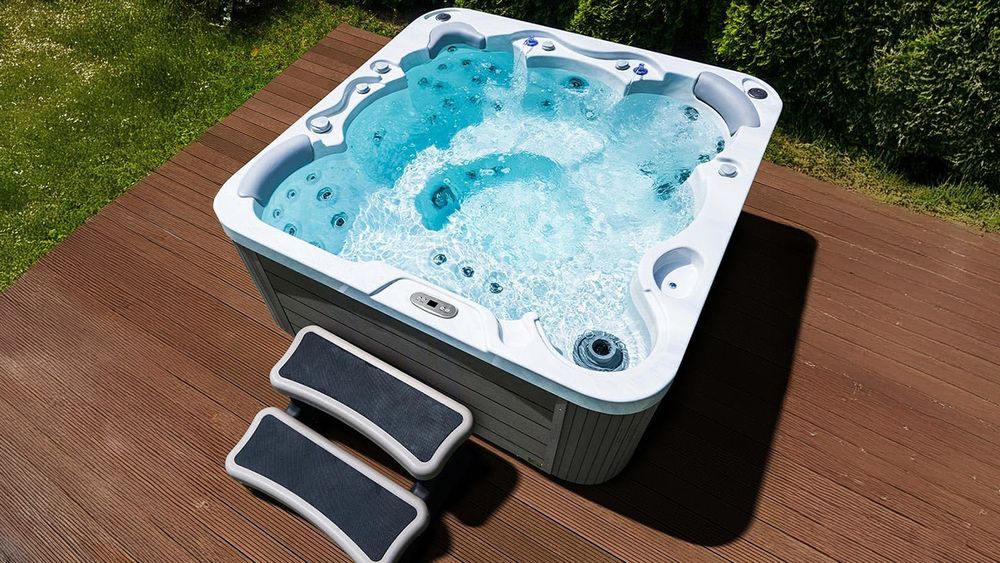
Best Mid-Range Acrylic: Bueno Spa Jersey 6-Person
The Bueno Spa Jersey upgrades the hot tub experience with a durable acrylic shell and 46 jets. Seating six comfortably, it has varied jet layouts so every corner offers a different massage style. With strong pumps and an ozonator for easier water care, it feels much closer to a high-end spa.
The Arctic Max insulation proved itself in cold weather, keeping water hot without driving up power use. LED lighting and a small waterfall add ambiance, while cushioned seats encourage long sessions. It's large enough for family use or entertaining but still manageable in size.
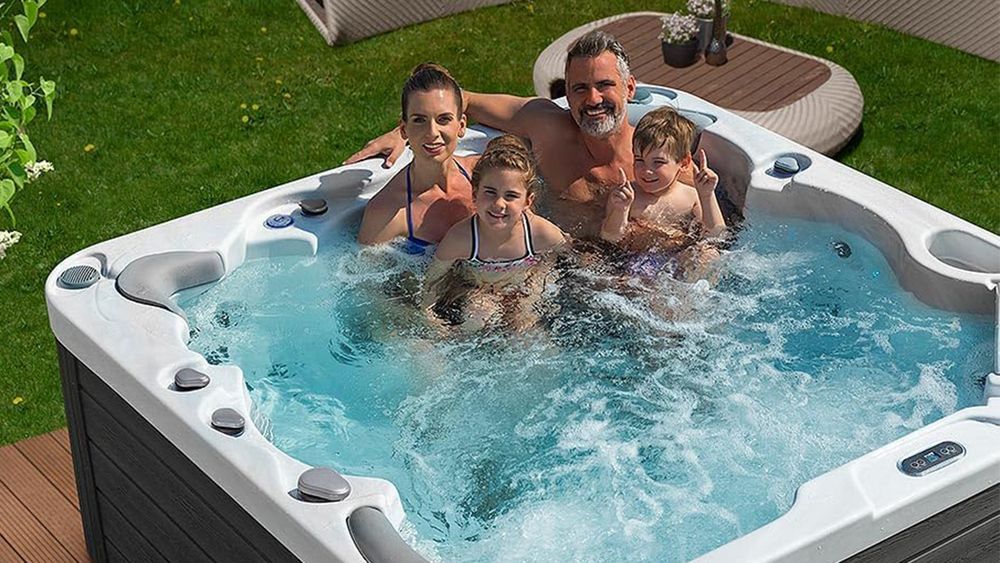
Setup requires a 240V line and a proper base, so it's a step up in commitment. Once installed, though, it runs quietly and reliably. For anyone ready to move past plug-and-play models, the Jersey strikes the best balance of features and cost.

Best for Entertaining: AquaLife Edgewater EX 6–7 Person
The AquaLife Edgewater EX is built for gatherings with its open seating and roomy 6–7 person capacity. By skipping a lounger seat, it maximizes space so everyone can face each other, making it perfect for social soaks. With 40 jets and multiple pumps, even a full tub delivers strong massages.
For atmosphere, it shines. LED-lit water columns and underwater lights create a fun centerpiece at night, while cushioned headrests keep guests comfortable. The ozone system also helps keep water fresh despite heavy use.
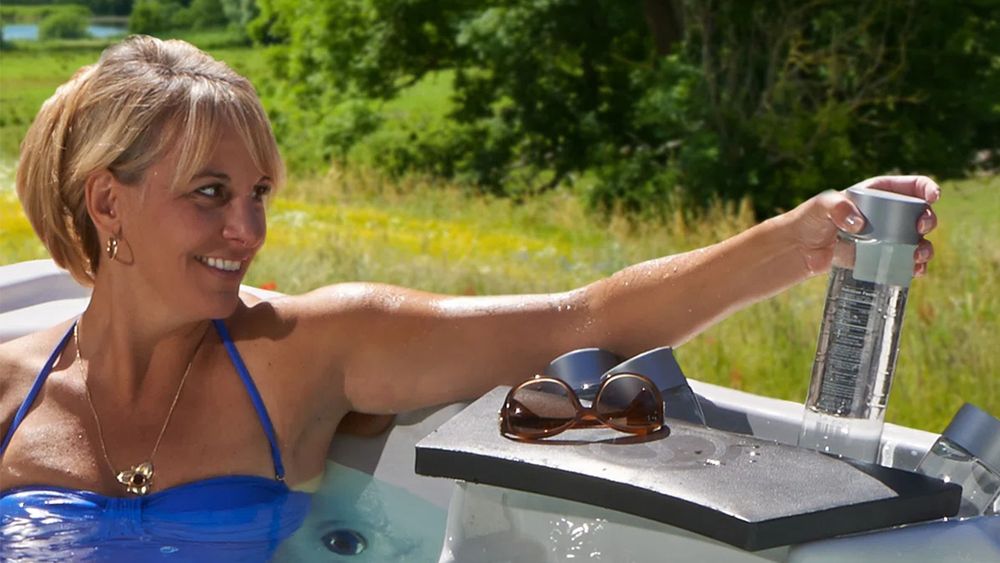
It handles winter weather with freeze-resistant insulation and plumbing, so you can host year-round. I've had nights with friends where it ran for hours without losing heat or energy. For backyard entertainers, this spa is unmatched.
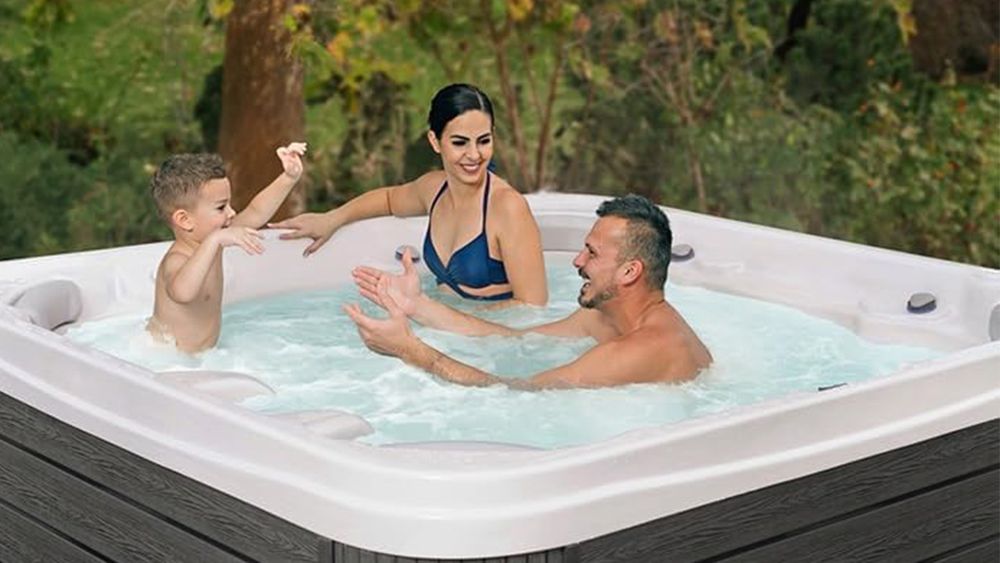
Best All-Season Insulation: Bueno Spa Chicago 7-Person
The Bueno Spa Chicago is made to handle serious winters while still delivering luxury. With space for seven, 50 jets, and dual pumps, it combines capacity with power. Its standout feature is the Arctic insulation package, which keeps water steaming hot even in freezing temps.
The design focuses on efficiency, with an insulated base, lined plumbing, and a heavy thermal cover. I saw minimal heat loss overnight, even in cold weather, and the heater quickly held temperature steady during long soaks. Seats are contoured to target different parts of the body, giving everyone a therapeutic option.
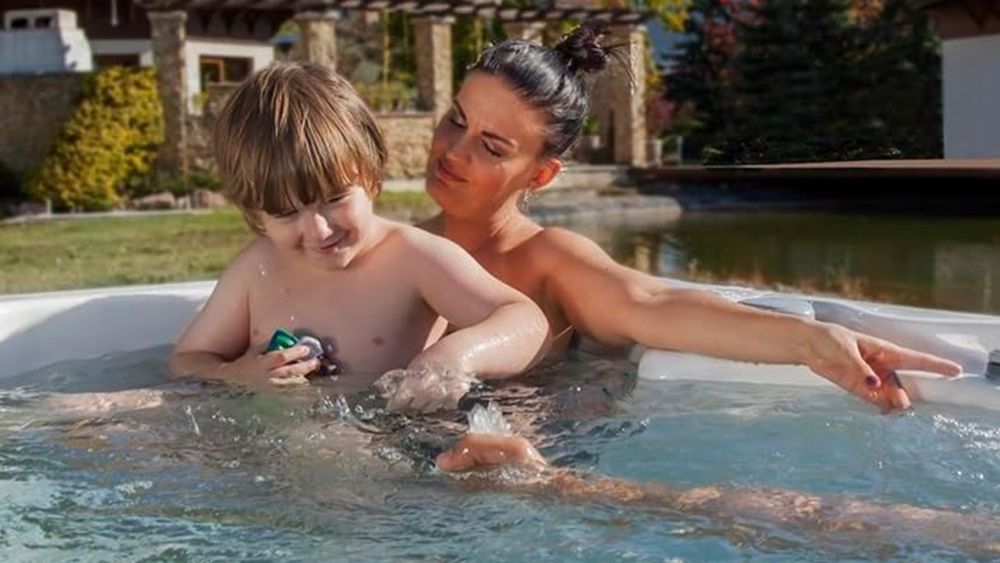
At nearly 800 pounds dry, it's a major installation and needs a 240V hookup, but once in place it's built like a year-round retreat. In summer you can run it cooler, and in winter it becomes a refuge from the cold. For those who want all-season reliability and strong performance, the Chicago earns top marks.
Hot Tub vs Pool vs Swim Spa
When you're planning your backyard, it's easy to lump hot tubs, pools, and swim spas into the same category. After all, they're all water-filled spaces designed for enjoyment. But in reality, they serve very different purposes. Understanding those differences helps you figure out what's right for your lifestyle, space, and budget.

What is a Hot Tub?
A hot tub is a small, heated water pool designed mainly for relaxation and hydrotherapy. Most models seat 2–10 people and maintain warm water temperatures around 100–104°F. The big differentiator? Jets. A hot tub has built-in nozzles that push streams of water and air, creating a massaging effect that eases sore muscles and melts away stress.
Hot tubs are all about comfort and convenience. They're typically self-contained, meaning the heater, pump, and filtration system are built right in. That makes them easier to install than a full swimming pool.
Best for: Soaking, stress relief, and socializing.
What is a Pool?
A swimming pool is much larger than a hot tub and designed primarily for exercise, play, and entertaining. Pools are generally kept cooler than hot tubs — around 78–82°F — to make swimming laps or splashing around comfortable. Instead of seating and jets, pools offer wide-open space for movement.
Pools can be inground, above-ground, or modular like Ecopool's factory-built systems. They require bigger pumps and filters, more chemicals, and larger-scale construction compared to a hot tub.
Best for: Recreation, lap swimming, hosting gatherings, and creating a centerpiece in your backyard.
What is a Swim Spa?
A swim spa sits right in the middle between a hot tub and a pool. Think of it as a compact exercise pool with a hot tub built in. Ranging from about 12 to 20 feet long, swim spas generate a strong current of water so you can swim in place — like a treadmill for swimming. On the other side, many models include jet seating for soaking, giving you the best of both worlds.
Swim spas usually run at cooler temperatures for exercise (82–90°F) but can be turned up when you want to relax. They're more versatile than hot tubs, more compact than full-size pools, and often come as self-contained units that can be installed above-ground, semi-inground, or inground.
Best for: Fitness enthusiasts, compact backyards, and anyone who wants both swimming and soaking in one.
Quick Comparison
| Feature | Hot Tub | Swim Spa | Swimming Pool |
|---|---|---|---|
| Purpose | Relaxation, therapy | Exercise + relaxation | Recreation, swimming |
| Size | Small (2–10 seats) | Medium (12–20 ft long) | Large (hundreds–thousands of sq. ft.) |
| Temperature | 100–104°F | 82–90°F (exercise), can go higher | 78–82°F |
| Jets | Massage jets | Swim current + massage jets | None (just circulation) |
| Installation | Portable or inground | Self-contained, modular | Major construction |
| Best For | Stress relief, soaking | Fitness + relaxation | Large-scale fun & entertaining |
In short:
- A hot tub is your personal spa
- A swim spa is a workout pool and spa hybrid
- A pool is your all-around recreation hub
Each has its place — and some homeowners even combine them for the ultimate backyard setup.

Final Verdict
What's my final verdict on hot tubs?
They are Pool Nerd Approved.
Hot tubs come in all shapes, sizes, and price ranges—and the best one for you really depends on your lifestyle. If you want something built to last and tailored exactly to your needs, the Ecopool Hot Tub is the clear winner, combining modern design with serious durability. For first-timers or renters, inflatables like the Coleman AirJet or Intex PureSpa Plus are budget-friendly ways to dip into hot tub ownership without a huge commitment. Step up to a plug-and-play like the LifeSmart 4-Person and you'll get stronger jets in a compact, easy package.
If you're ready for a more permanent setup, mid-range acrylic models like the Bueno Spa Jersey and AquaLife Edgewater EX bring comfort, powerful hydrotherapy, and room for family or friends. And if you live in a climate where winter never lets up, the Bueno Spa Chicago shows what all-season insulation is supposed to look like—keeping the water steaming no matter the weather.
The truth is, there's no one-size-fits-all answer. But whether you're looking for affordability, portability, entertainment value, or a spa that's built for decades, one of these tubs will fit the bill. The key is to match the hot tub to how you'll actually use it—solo recovery, family bonding, or year-round backyard parties—and you'll never regret the investment.
Your resident pool aficionado.
For over 5+ years, The Pool Nerd has been a leading source in the swimming pool industry. With years of experince owning a swimming pool, our hope here is to guide and help making owning a swimming pool easier.
